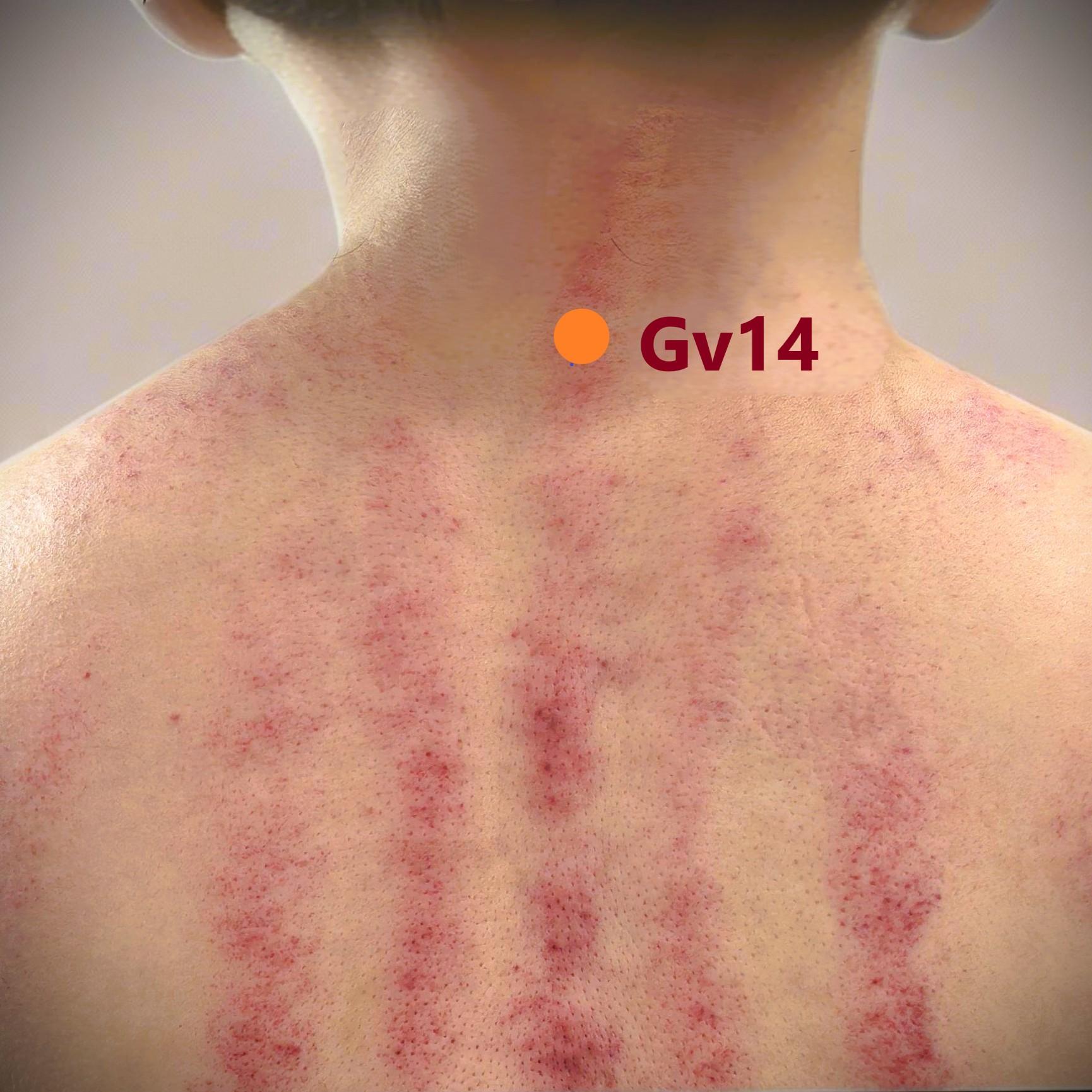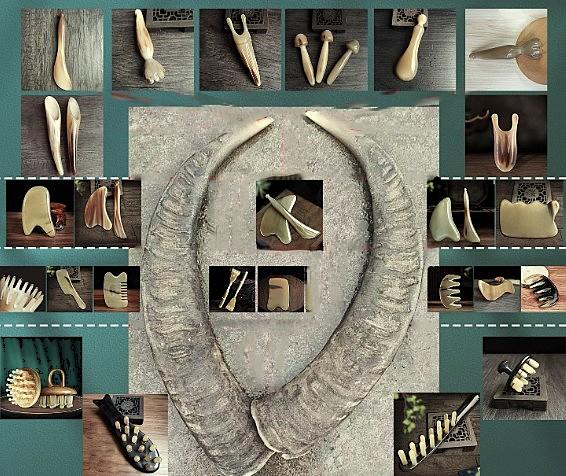Scraping therapy (
gua sha) is an ancient and widely practiced folk remedy in China. The therapy is beneficial to boost
blood and
qi (vital energy) activities, promote
meridian flow, and induce perspiration to expel
pathogens from the body’s surface, thereby supporting the body’s self-regulation and recovery. This simple therapy is commonly applied for conditions like early stages of flu and cold, muscle tensions, headaches, feverish conditions and detoxification.
After scraping therapy, purple or dark red marks often appear on the skin. Traditional Chinese Medicine (TCM) interprets these marks as a sign that pathogenic factors are being released from the body.

Modern science offers a physiological explanation for this phenomenon and its benefits. The scraping techniques stimulate the skin and underlying tissues, which then promote local blood and lymph circulation. This process helps to clear metabolic wastes, may activate immune responses, and regulates the nervous system. Together, these effects enhance the body's self-regulation and can lead to the reported feelings of relaxation and refreshment following treatment.
For
summer-heat injury, scraping therapy is often applied to areas like
da zhui (Gv14, acupoint), both sides of the neck, the back (especially along the spine), the chest, and the inner elbows.
Applications
Select a smooth-edged tool and apply a lubricant first; scrape at 30-45° angle with moderate pressure and long even strokes in one direction (downward in the back and neck, while toward the heart for lymphatic drainage in the limbs); repeat each stroke 3–5 times before moving to the next area. It should not be painful for the procedures, adjust pressure if discomfort occurs. Mild bruising marks may occur afterward but should fade within a few days.
After the treatment, individuals should avoid excessive emotional stress and follow a plain diet, limiting frozen, raw, and greasy foods.
Precautions
Scraping therapy is not suitable for people prone to bleeding or those in critical conditions. It should also be avoided on joints, sensitive areas, open wounds, or irritated skin.

The scraping tools made from buffalo horn are considered more effective.

 The scraping tools made from buffalo horn are considered more effective.
The scraping tools made from buffalo horn are considered more effective.

